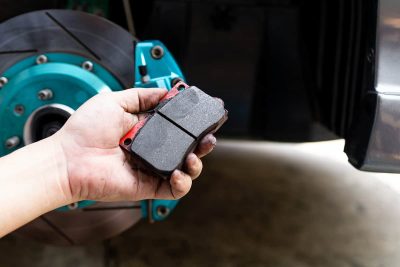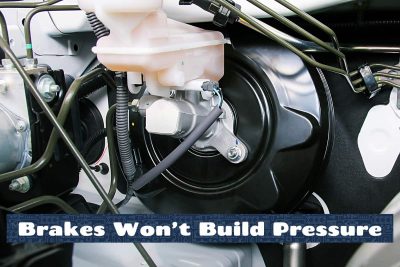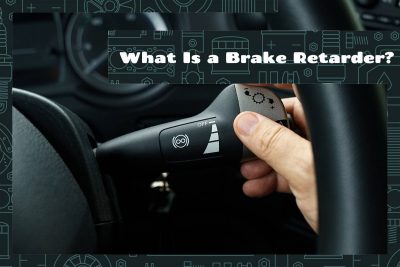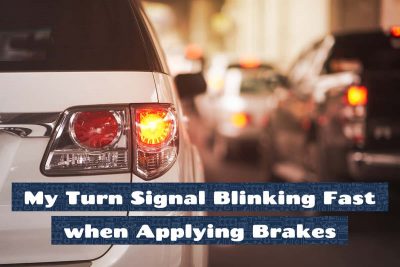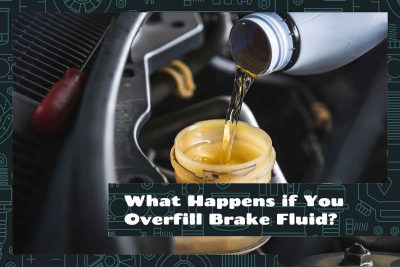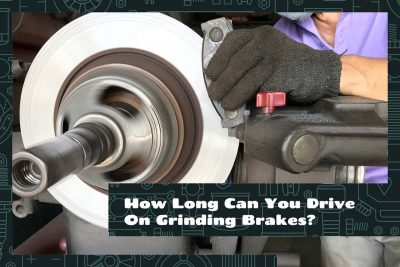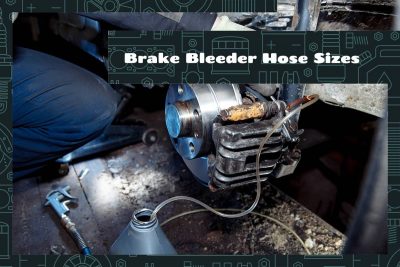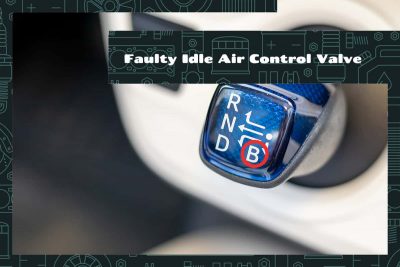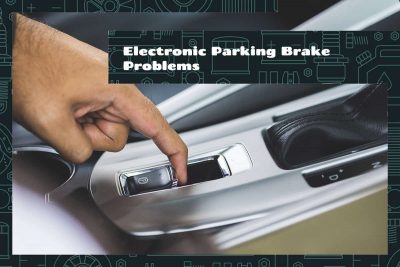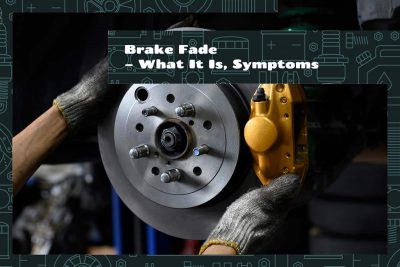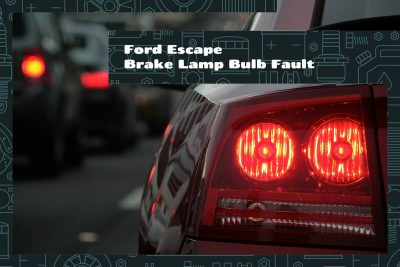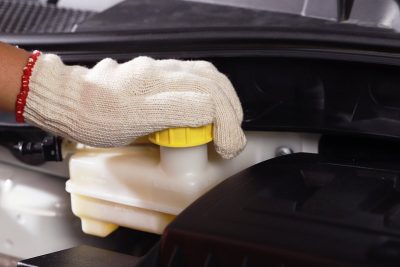Brake pads bring your car to a halt safely and efficiently. When you press the brake pedal, these pads create friction against the brake rotors, slowing down or stopping the vehicle. As time goes on, this friction causes the brake pads to wear down, affecting their thickness performance.
Air in the brake lines, worn-out brake pads, leaky brake fluid, damaged brake lines, a failing master cylinder, or problematic calipers could be causing your brakes to lose pressure. To address this, you might need to bleed the brakes, replace pads or parts, or consult a mechanic for a comprehensive repair.
A brake retarder is a supplementary braking system that works alongside your car’s primary brakes to improve control and reduce wear. It uses various methods like electromagnetic forces or hydraulic resistance to slow down the vehicle. Brake retarders are most commonly found in heavy vehicles like trucks and buses but can also benefit sports cars and vehicles frequently driving in hilly or congested areas.
A turn signal is designed to function at a consistent rate to signal your intentions on the road, but sometimes they go haywire, blinking rapidly when you’re also using your brakes. Not only can this be distracting, but it also has implications for safety and legality on the road.
Overfilling brake fluid can lead to increased pressure in the brake system, potential damage to brake components, reduced braking performance, and safety hazards.
Driving on grinding brakes can range from a few days to a week, depending on the cause and severity. Prolonged driving with this issue can result in reduced stopping power, potential brake failure, and damage to other car components.
The standard brake bleeder hose size is typically ¼ inch. However, they also come in sizes like 1/8 inch, 3/8 inch, and 5/16 inch, depending on the vehicle and its specific needs.
The ‘B’ on a gear shift stands for ‘Braking’ or ‘Engine Braking.’ It’s primarily used to improve vehicle control when descending steep inclines and limit wear and tear on the brakes by employing the engine’s retarding force
This guide will cover common electronic parking brake problem, exploring their causes, signs, and solutions. We’ll also discuss how to maintain electronic parking brakes to prevent these problems and maximize their lifespan.
Brake fade is a critical aspect of vehicle maintenance that often gets overlooked. It’s a situation that results from the diminished ability of the brakes to decelerate the vehicle effectively. While it may not be a daily occurrence for most drivers, its implications are significant.
Brake lights play a crucial role in vehicle safety, as they alert other drivers when you are slowing down or stopping. For Ford Escape owners, it’s essential to keep these lights in good working condition to ensure safe driving. A common issue that can arise with brake lights is a bulb fault, which can lead to dim, flickering, or unresponsive brake lamps.
Change your brake fluid every 2-3 years, or according to your vehicle manufacturer’s recommendation. Indicators for a change include a spongy brake pedal, discoloration of the fluid, and erratic braking behavior.
